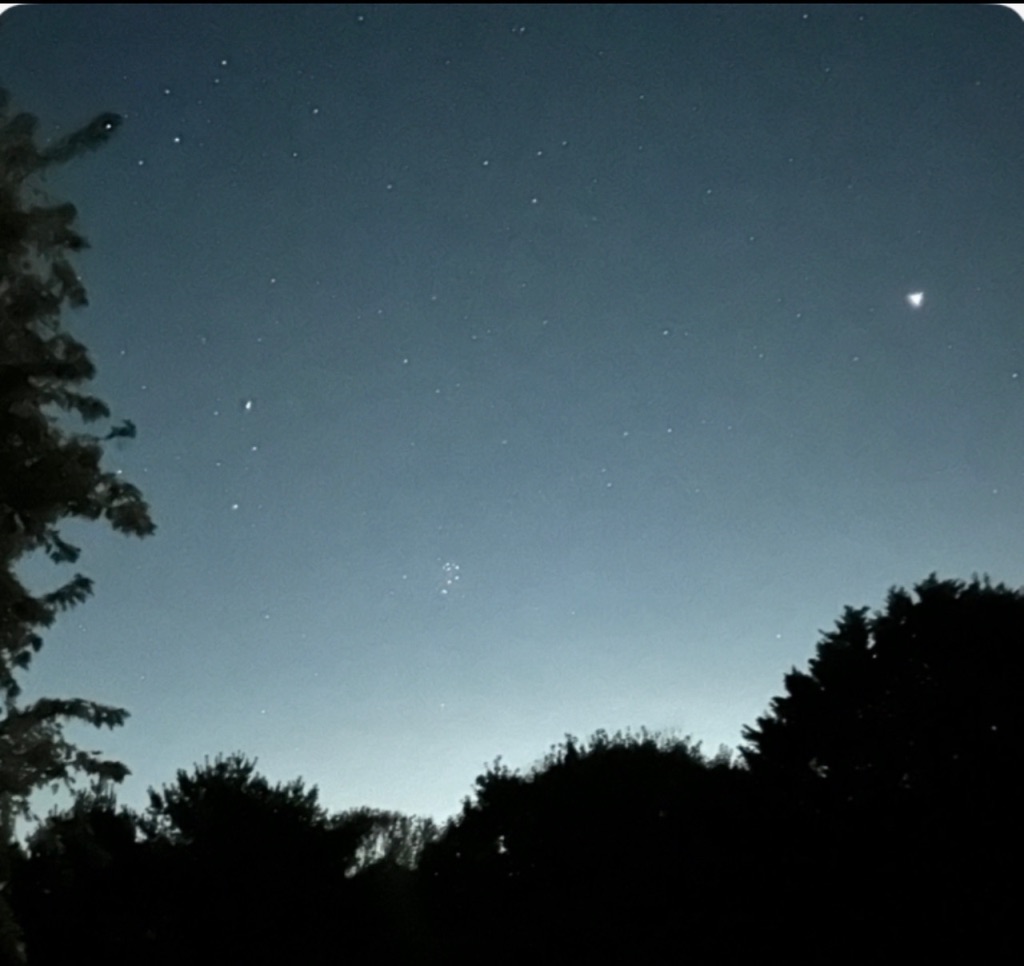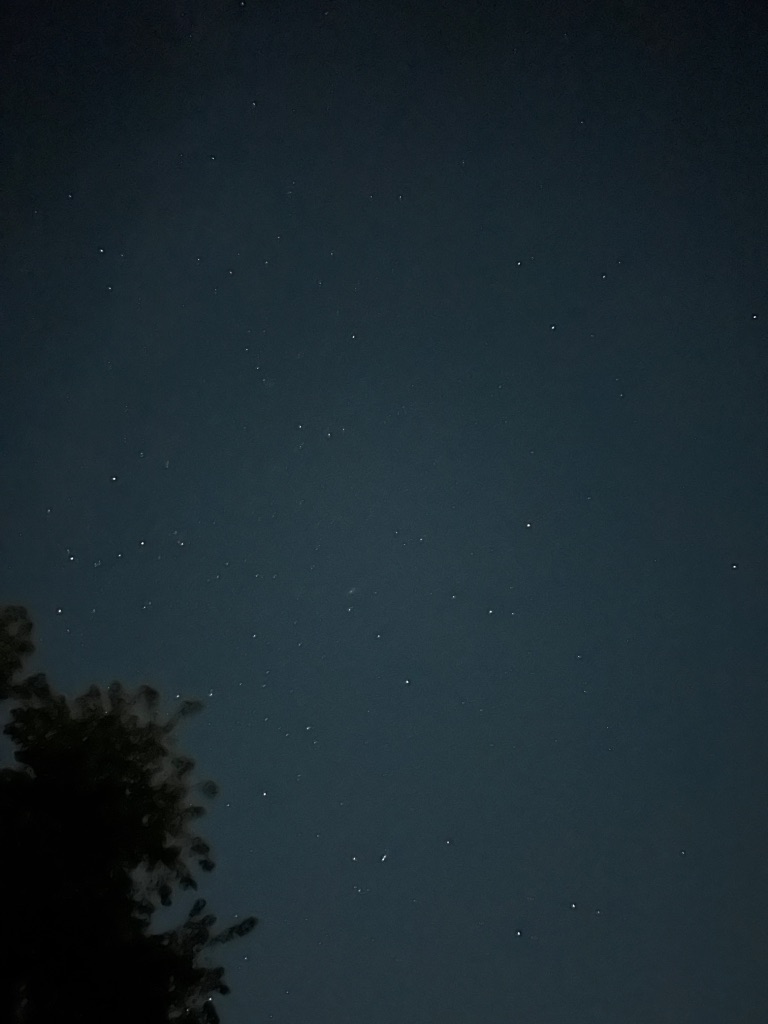Light Pollution Is Increasing Everywhere. What Is The Bortle Scale? Use The Following Chart To Determine How Dark Your Observing Site Is
| Bortle Dark Sky Scale: The Bortle Dark Sky Scale was developed by John Bortle “based on nearly 50 years of observing experience,” to describe the amount of light pollution in a night sky. It was first published in a 2001 Sky & Telescope article. |
Depending on the device you are using, it may be necessary to slide the chart to the right to see in its entirety.
| Number Code | Map Color Code | Label | Sky Mag. | Naked Eye Limit Mag. | 320mm Limit Mag. | M33 visible? | M31 visible? | Central Galaxy visible? | Zodiacal light visible? | Light Pollution | Clouds | Ground Objects |
| 1 | excellent dark sky | 22.00–21.99 | ≥ 7.5 | > 17 | obvious | . | casts shadows | striking | airglow apparent | . | visible only as silhouettes | |
| 2 | average dark sky | 21.99–21.89 | 7.0–7.49 | 16.5 | easy with direct vision | . | appears highly structured | bright, faint yellow color | airglow faint | dark everywhere | large near objects vague | |
| 3 | rural sky | 21.89–21.69 | 6.5–6.99 | 16.0 | easy with averted vision | . | complex structure | obvious | LP on horizon | dark overhead | large distant objects vague | |
| 4 | rural/suburban transition | 21.69–20.49 | 6.0–6.49 | 15.5 | difficult with averted vision | obvious | only large structures | halfway to zenith | low LP | lit in distance | distant large objects distinct | |
| 5 | suburban | 20.49–19.50 | 5.5–5.99 | 14.5–15.0 | . | easy with direct vision | washed out | faint | encircling LP | brighter than sky | ||
| 6 | bright suburban | 19.50–18.94 | 5.0–5.49 | 14.0–14.5 | . | easy with averted vision | visible only near zenith | . | LP to 35° | fairly bright | small close objects distinct | |
| 7 | suburban/urban transition | 18.94–18.38 | 4.5–4.99 | 14.0 | . | difficult with averted vision | invisible | . | LP to zenith | brilliantly lit | . | |
| 8 | city sky | < 18.38 | 4.0–4.49 | 13 | . | . | . | . | bright to 35° | . | headlines legible | |
| 9 | inner city sky | . | ≤ 4.0 | . | . | . | . | bright at zenith | . | . | ||
My view to the east (last night @ 9:15 PM, November 18, 2023 from my back deck) showing the light pollution at about 15º above the treetops.
I always try to observe deep-sky objects at least one hour or two from the meridian.
It is difficult to see the Pleiades “visually” at this low altitude. I was using an iPhone 14 “handheld” to make a photo for illustrative purposes.
The Pleiades was my first deep-sky object when I was 12 years old. I remember so well, walking out in my front yard in about mid-November and seeing this cluster rising above the treetops.
At that time, I had no clue as to what this group of stars was.
A year or so later I found out it was the Pleiades, M45 and my interest in amateur astronomy began, which continues to this day.

The following photo:
Andromeda is difficult for me visually, and requires averted vision. At the meridian, it can be fairly easy, but averted vision still works best.
The following photo using my phone, presents the galaxy quite a bit brighter than naked-eye.
So, I estimate the Bortle Scale from my backyard to be between 6.5…or between Bortle 6.0 and 7.0.
